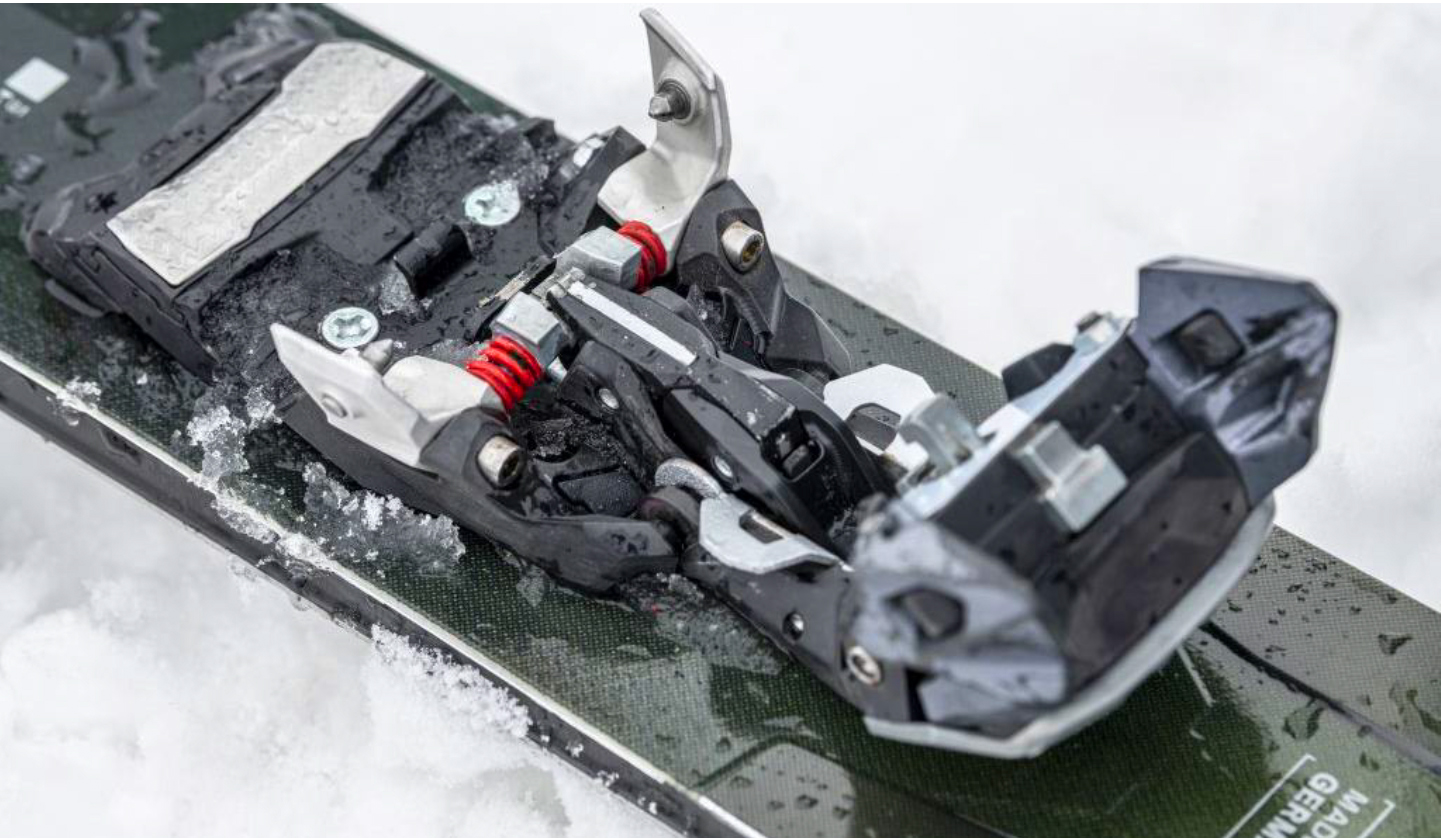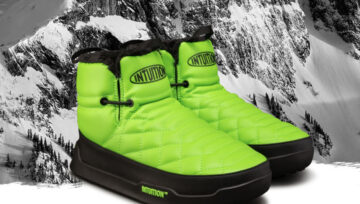Marker Presents the New Duke Pin Technology
Marker presents the follow-up version of the legendary Duke, setting yet another milestone for the freeride touring binding market. With the new Duke Pin Technology (PT), a hybrid freeride binding, the company claims to expand the boundaries for big mountain enthusiasts and expands its product portfolio with another pioneering ski binding.
Evolutions in boots and skis have given skiers access to more and more of the mountain, with products that deliver an incredibly wide range of use. Product managers, developers and designers from Marker keep a watchful eye on these developments, and work with energy and commitment on products that provide skiers with the best possible set-up for their chosen discipline.
No compromise downhill, easy-going uphill
Marker has tapped into all the experience gained in the freeride segment with its Royal Family to set a new milestone in an emerging category: hybrid freeride bindings. Marker sees a future here – no other type of binding manages to combine touring functionality and big mountain performance so flawlessly. The Duke PT blends the sort of downhill performance you get with the Jester with the uphill properties of a pin binding. For the 20/21 winter season Marker launches the Duke PT 16 and the Duke PT 12. Both models ensure DIN ISO certified release at both the toe piece and the heel, with a 6 to 16 range on the Duke PT 16 and the 4 to 12 range on the Duke PT 12.

The biggest highlight on the new Duke PT is the innovative Ride & Hike toe. In ride mode it provides uncompromising downhill performance with full safety release properties up to DIN 16. In the event of a fall, the gliding AFD (Anti Friction Device) aids the lateral release unhindered by dirt, snow and ice. Switching the binding to hiking mode is simply a matter of unlocking the upper part of the toe piece and rotating it forward. In uphill mode, you have the option of saving 250 grams of weight per binding at the foot by removing the toe sections and stowing them in your backpack. Alternatively, the toe housing sections can be locked in the forward rotated position so you can quickly revert to downhill mode after a short uphill section. To switch to downhill mode the toe housing is clicked back onto the base plate. It locks into place thanks to Auto Quad Lock technology, just by stepping into the binding, without any extra action required by the skier.
Pin binding technology is integrated in the base plate underneath the toe housing section and operates in much the same way as the KingPin and Alpinist models from Marker. The toe piece also has Sole.ID technology, just like other products in the Royal Family. This makes the binding compatible with all boot sole types falling under the alpine (ISO 5355), touring (ISO 9523), or GripWalk (ISO 9523) norms.
Skiers using the Duke PT 16 will enjoy the superior holding power of the Inter Pivot Heel known from the former Jester and Duke models, and it has been redesigned to offer an easier step-in function. With its high-quality magnesium housing the heel covers release values from DIN 6 to 16, meeting the needs of even the most demanding big mountain environments. Premature releases are not only unwanted but also dangerous – this was something that played a major role in the development of the Duke PT and is the reason why the famous freeride heel from the Royal Family was used.
The multi-functional Lock & Walk brake is another highlight in terms of functionality. In addition to the traditional braking function it offers a brake lock and a 10° climbing aid that can be operated with a ski pole. The key difference on the Duke PT 12 is a new Hollow Linkage heel, offering a weight savings of approximately 200 grams.

The most advanced binding of its type
Currently the lightest binding in its class, the Duke PT 12 weighs just 850 grams in uphill mode and 1,090 grams in downhill mode. The Duke PT 16 is only slightly heavier, weighing in at 1,000 grams in uphill mode and 1,280 grams in downhill mode. Its light weight ensures maximum downhill maneuverability, and a low stand height of 27 mm for both models ensures direct power transmission and quick edge changes – a benefit greatly appreciated by all skiers. All of these features and technologies naturally make the Duke PT one of the most advanced bindings in the hybrid freeride sector. Switching your setup mid-day to get the right bindings becomes a thing of the past – even if you spontaneously decide to do a quick skin lap – so you can concentrate on skiing and leave the rest to the binding.
Further information about the new Duke PT can be found here.
About Marker
For six decades and counting Marker has been synonymous with innovation and protection in skiing. Hannes Marker patented the world’s first safety release binding back in 1952. In the 1970s his M series with automatic heel release revolutionized the binding market. The trail of innovation for this company from Penzberg, Bavaria reached new heights in 2007 with the freeride- and freestyle-oriented Duke and has continued since then with the ongoing expansion of the Royal Family; Duke. Baron. Jester. Griffon. KingPin. Alpinist. Working in cooperation with several of the world’s largest ski brands, Marker has pushed development of both its own world-class innovations along with system bindings that form a perfect unit with the skis. Marker also expanded its product portfolio during the 12/13 season with the launch of Protective Snow Equipment, encompassing helmets, goggles and protective wear.












Comments